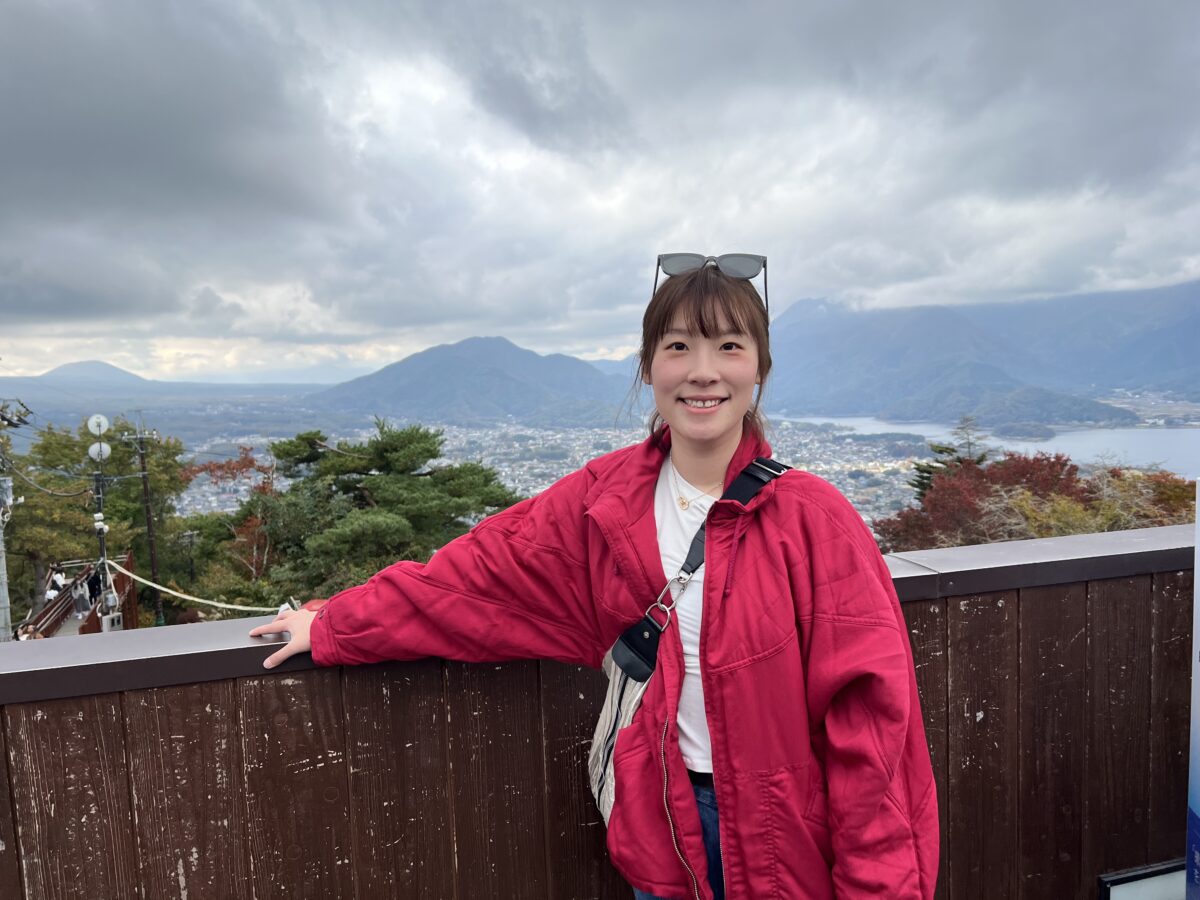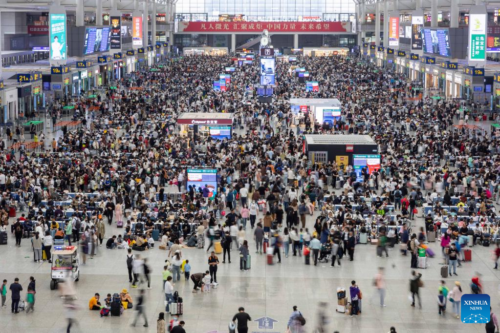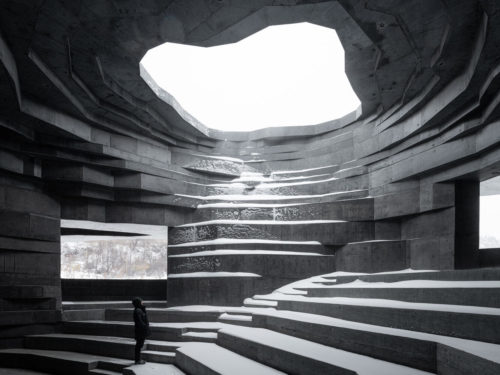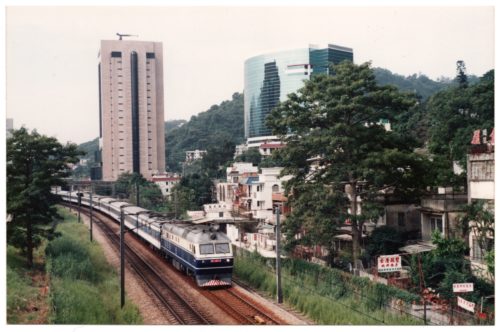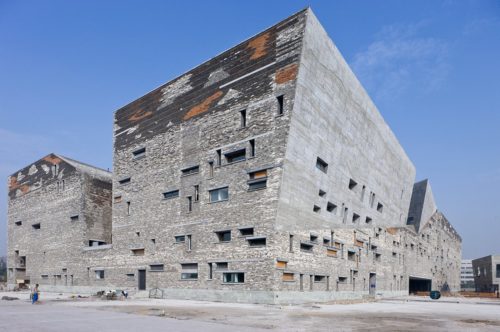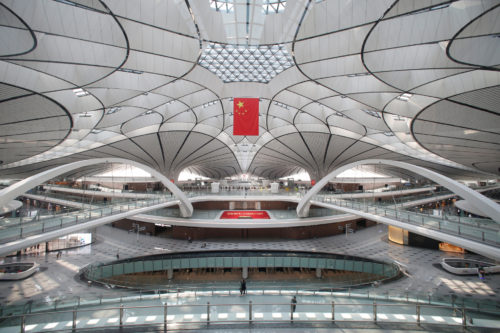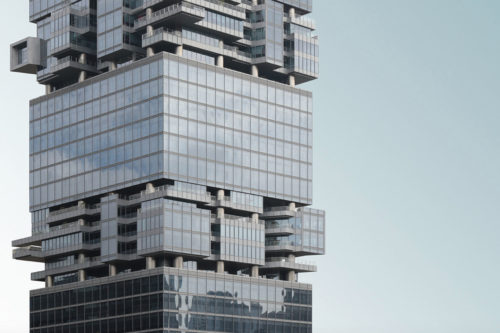This renovated railway station is currently China’s social media hotspot
“Train Station in the Forest” is the name of a recently completed architectural project to transform a transportation center in Zhejiang province into a multifunctional shared space that showcases the idea of living in harmony with nature.
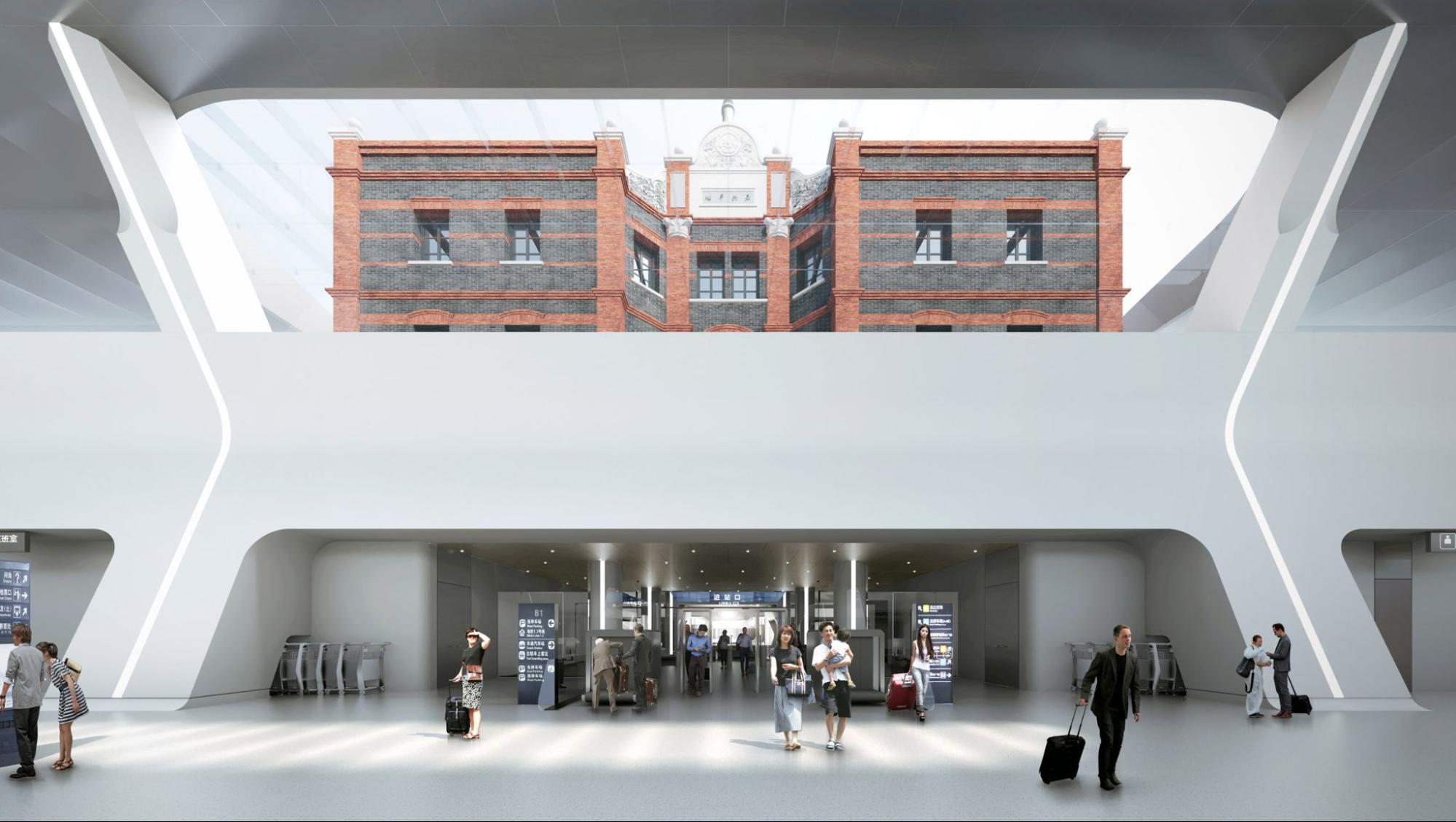
Following a two-year renovation project that included extensive historical research, the construction of an underground terminal, and integration of its surrounding greenery, Jiaxing Railway Station, which was originally constructed in 1907, fully reopened earlier this month to eager crowds and cameras. In the past two weeks, photos of the new landmark in Jiaxing, Zhejiang province have been popping up on Chinese social media, with many calling it the “prettiest train station in China.”
Situated in the center of Jiaxing, a connecting hub between Shanghai, Hangzhou, and Suzhou in southeast China, the reimagined station is largely underground, with a pair of sunken waiting halls lit through skylights and glass curtain walls built on either side of overground platforms. A long-awaited replacement of the previously aging and undersized facility, the futuristic station — gleaming and white in polished engineered stone — features three platforms serving six tracks. It is able to serve more than 5 million passengers per year and host 2,300 people per hour at its peak.

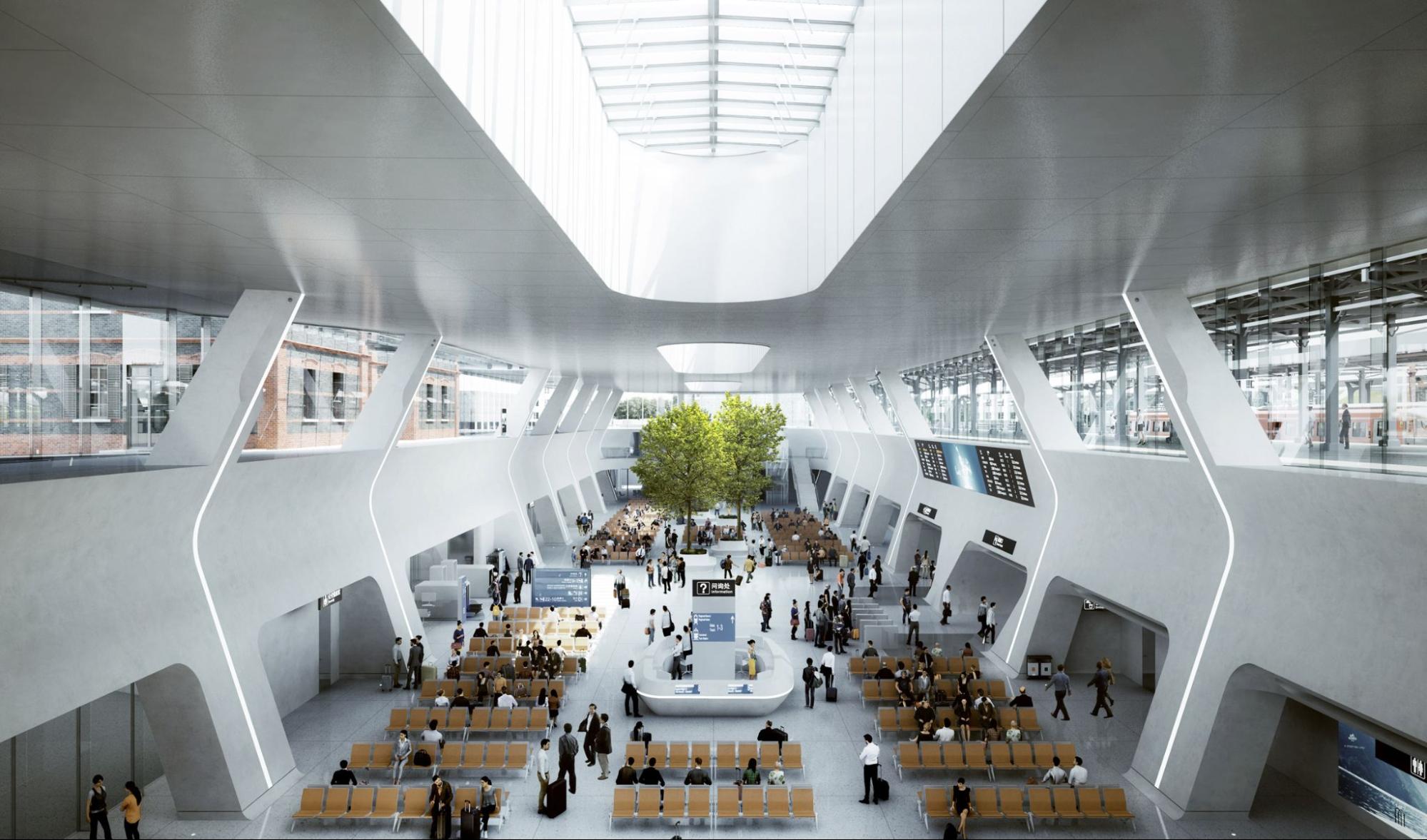
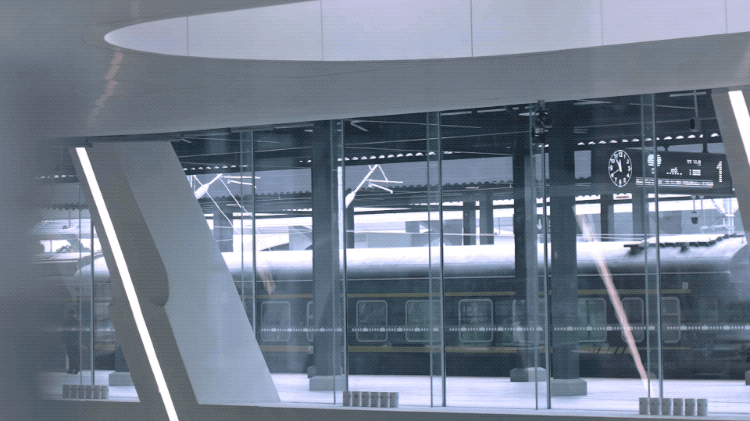
While the increased capacity provides a much-needed upgrade of Jiaxing’s transportation infrastructure, it’s not what makes the station a sensation on Chinese social media. Stunning in its own right, the solar panel-topped station is only part of a major design that has transformed an area of 87 acres into an urban oasis, which is described by many visitors as the perfect backdrop for beautiful photographs.
Led by Mǎ Yànsōng 马彦松 at MAD Architects, the project, dubbed “Train Station in the Forest” by the Beijing-based firm, encompasses not only the train station, but also the plazas to the north and south of it and a renovation of the adjacent People’s Park. In an unprecedented concept in China, the scheme is designed to expand a transportation center into a shared space enjoyed both by locals and tourists, one that showcases the idea of living in harmony with nature.
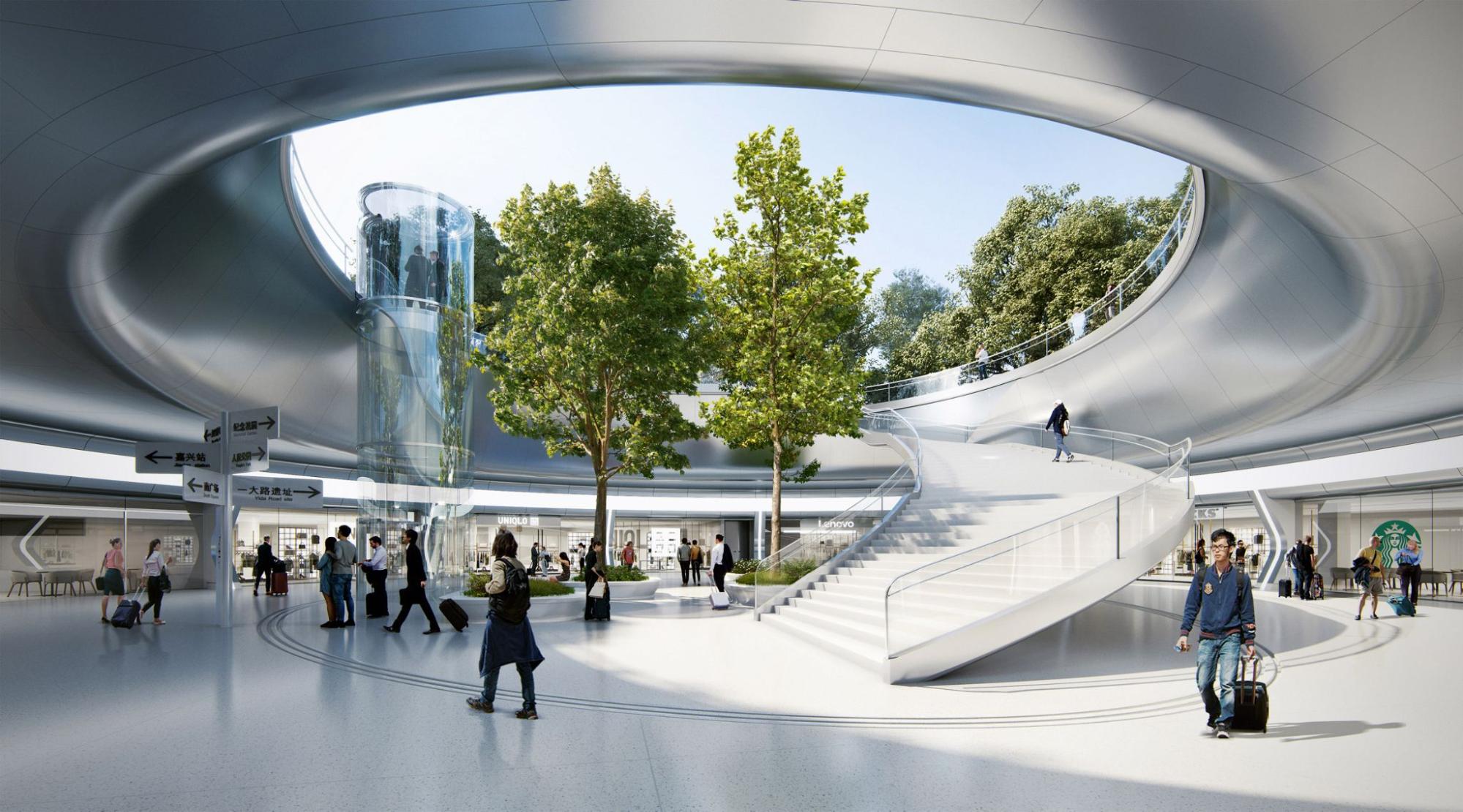
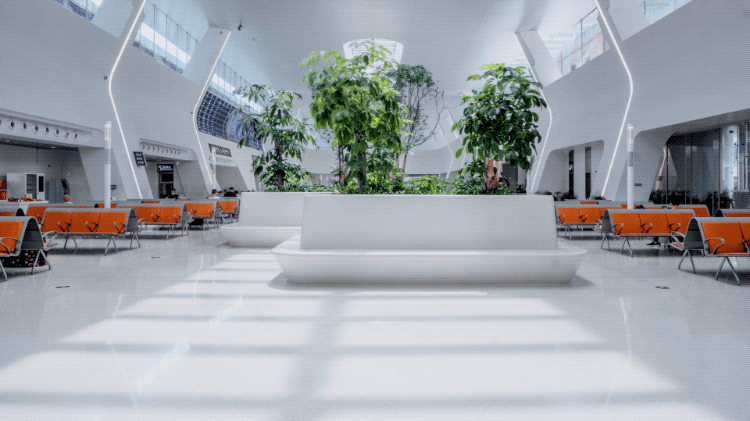
To seamlessly integrate the new landscape with the existing park, Ma tucked all the transportation and commercial functions at the station on the basement level, freeing the ground-floor space of obstructive buildings and allowing it to be given back to nature. By planting more than 1,500 trees throughout the area, Ma repurposed the northern plaza as an extension of nearby People’s Park, creating a green space that feels spacious and borderless. On the south side of the station, there are seven structures sitting on low hills, which can be used as retail space or for indoor events. Landscape lawns are also built for gatherings like music festivals and night markets.
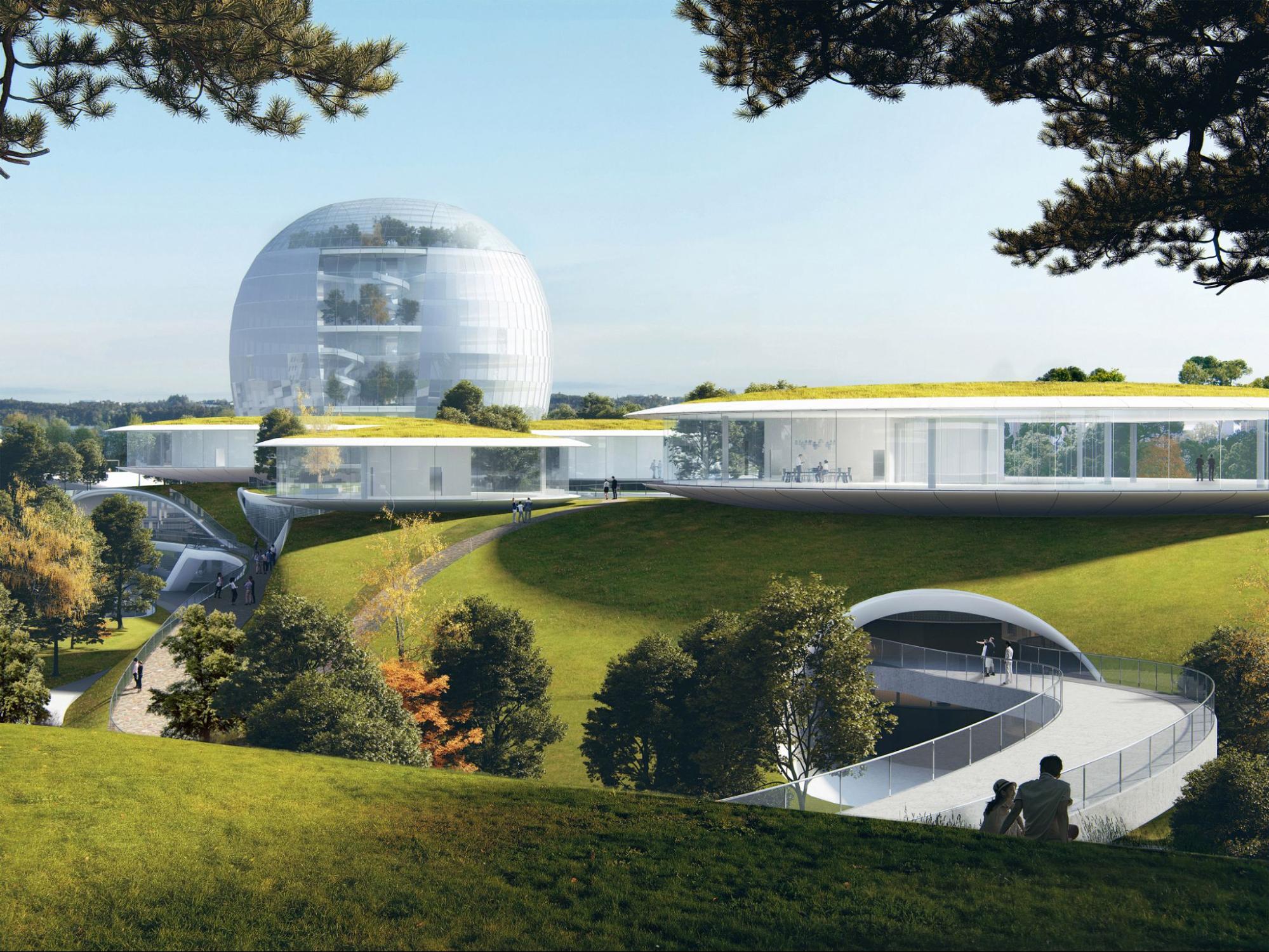
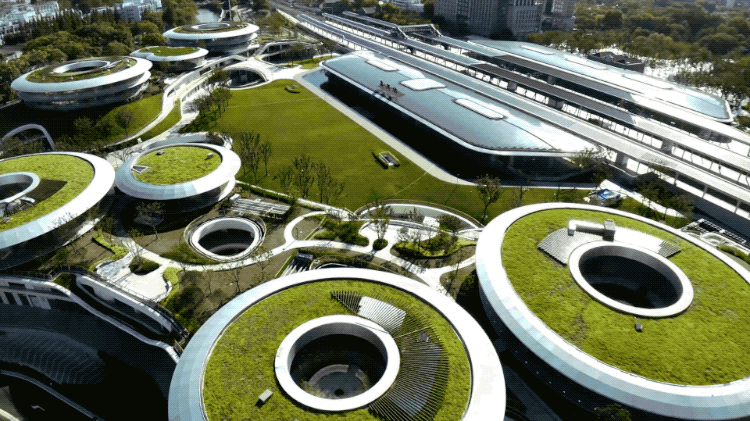
“When I heard that Jiaxing wanted to have a new railway station at the center of its ‘old town’ area, my first reaction was: Please don’t build a massive building,” Ma said in an interview with Yītiáo 一条, a Chinese-language video content creator with a focus on architecture. “My ultimate goal with this project was to create a new area that functions more than a railway station. I want non-travelers to also want to use the space and hang out there.”
When built, the original Jiaxing Railway Station was an important junction for the Shanghai-Hangzhou railway line. In 1921, the station received delegates bound for the First Party Congress of the Communist Party of China, which was held in the city and later led to the founding of the Party. In 1937, the structure was destroyed during the Second Sino-Japanese War.

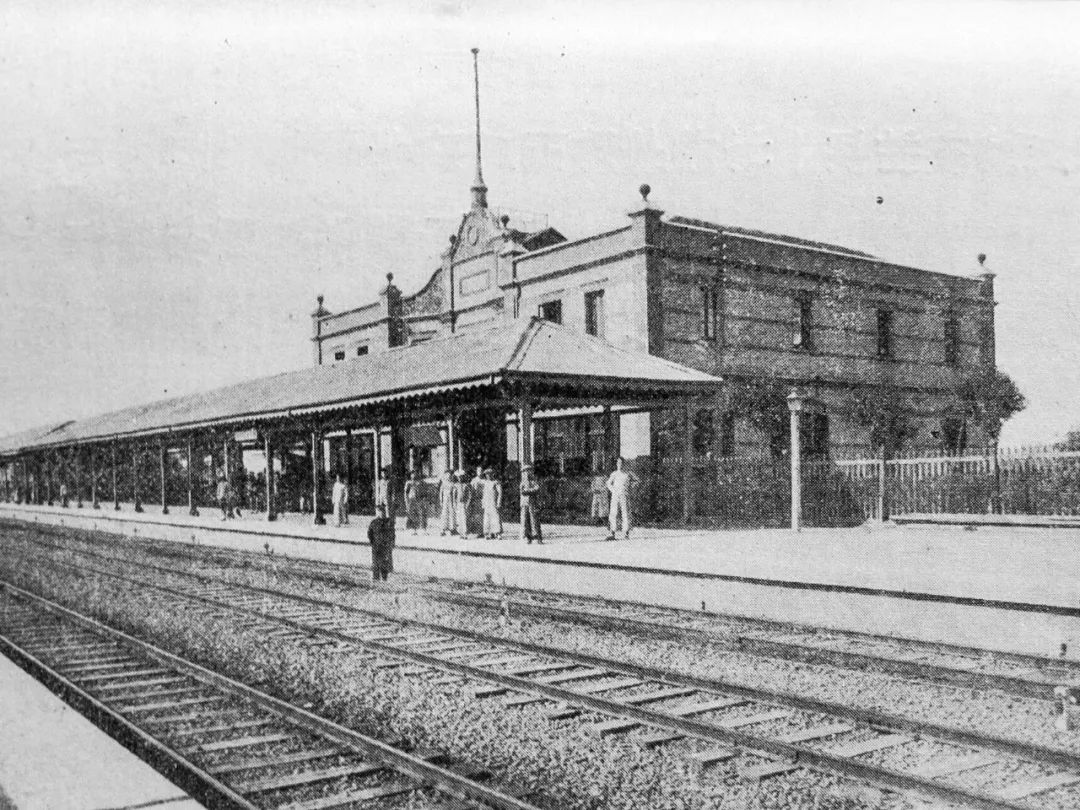
Drawing inspiration from Jiaxing’s historical and cultural contexts, the renovation also included a one-to-one scale reconstruction of the old station building, which now acts as the entrance to the new underground terminal and houses exhibitions highlighting the city’s significant role in the CCP’s history. To make sure the replica properly honors the original, Ma told Yitiao that his team had to consult a wide range of experts in historic architecture and dig through historical archives.
As travelers move from waiting halls to platforms using underground tunnels, they can catch a glimpse of the old station building overhead. But for people who call Jiaxing home, Ma told Yitiao that he wanted the replica to be seen as a cultural landmark that documents and celebrates the city’s heritage.
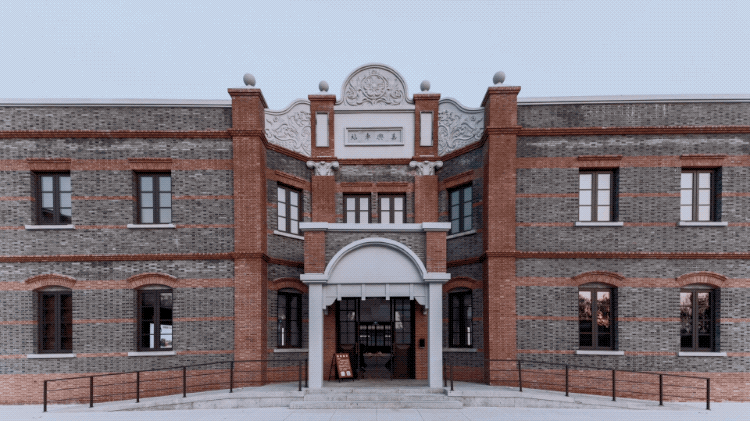
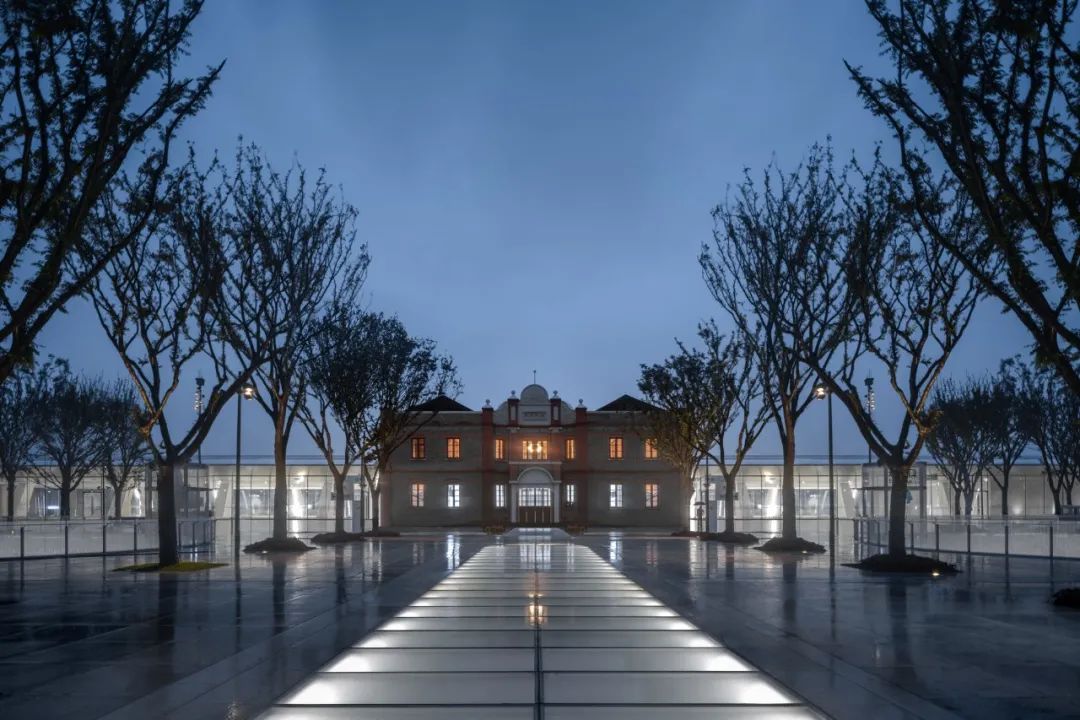
“People in our industry are confronted with this question all the time: What should be our core principle when it comes to urban design in the future?” Ma said. “Building open, free cities. Designing elements that go well together. I think this is the answer.”
